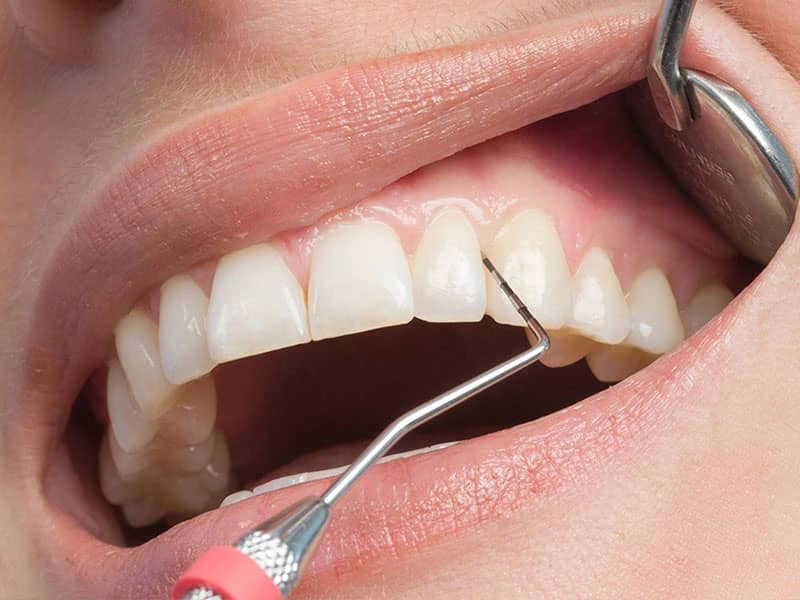
What is Periodontal Disease?
Periodontal gum disease is an inflammatory disease that affects the gums and other tissues that support the teeth. Periodontal diseases account for 70% of tooth loss in adults. These diseases can be easily and successfully treated if diagnosed at an early stage.
Why is periodontology important?
This treatment method is applied to have a healthy gum. All gum diseases symptoms are eliminated with an effective treatment process. As a result of the treatment, each individual regains oral and gingival health and returns to his normal life.
What are the Symptoms of Gum Disease?
Gums can sometimes become inflamed. These inflammations have some gum disase symptoms. These include sensitivity in the gums, redness or swelling of the gums, white-colored inflammatory formations, bleeding when brushing or flossing, recession of the gums, shaking of the teeth, pain during speaking and chewing, against hot and cold foods. They can be listed as the sensation of sensitivity and bad breath.
What is the Cause of Gum Disease?
There are some causes of gum disease. Some of these reasons are; Bacteria in sticky and colorless plaque that often forms on the teeth. If dental floss is not used and the teeth are not brushed regularly, plaque that accumulates on the teeth can damage not only the gums and teeth, but also the bones that support the teeth. Therefore, oral care can be done well.
How to Prevent Gum Disease?
The most important task in the prevention of periodontal gum disease falls on the person himself. In order to maintain the teeth in a healthy condition, it is necessary to remove bacterial dental plaque with daily oral care procedures. Regular visits to the dentist are also important. Daily oral care procedures can minimize the formation of tartar. But it may not completely clean it. The evaluation of the areas that cannot be reached with a toothbrush or dental floss by a dentist is necessary for the removal of existing dental plaque or calculus.
What is the Treatment of Gum Diseases?
There are some methods to treat gum diseases. These methods are extremely effective if done properly. The first of these gum disase treatment methods is gingivitis. This method is applied by dentists and the tartar is cleaned. Another method is moderate periodontitis. This process is done by gum disease specialists. Root surface straightening is done. The last method is advanced periododontitis. This procedure is performed by gum disease specialists. In this method, FLAP operation is performed. Artificial bone grafts are placed where necessary.
What Does Periodontological Treatment Include?
Periodontal diseases are inflammatory diseases that affect the gums and other tissues that support the teeth. It is important to follow some steps in periodontology gum disase treatment. These are diagnosis of the disease, sharing information about the disease and oral care, professional cleaning, antibiotic treatment, surgical treatment and applications, and finally complementary and supportive treatments. It is very important that these are applied by physicians and that they convey the necessary information to the patients.
It is important to follow some steps in periodontology gum disase treatment. These are diagnosis of the disease, sharing information about the disease and oral care, professional cleaning, antibiotic treatment, surgical treatment and applications, and finally complementary and supportive treatments. It is very important that these are applied by physicians and that they convey the necessary information to the patients.
There are some methods to treat gum diseases. These methods are extremely effective if done properly. The first of these gum disase treatment methods is gingivitis. This method is applied by dentists and the tartar is cleaned.
